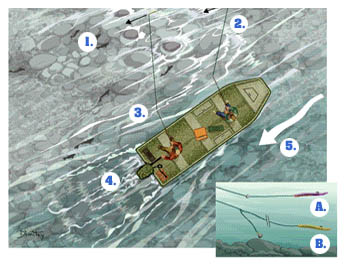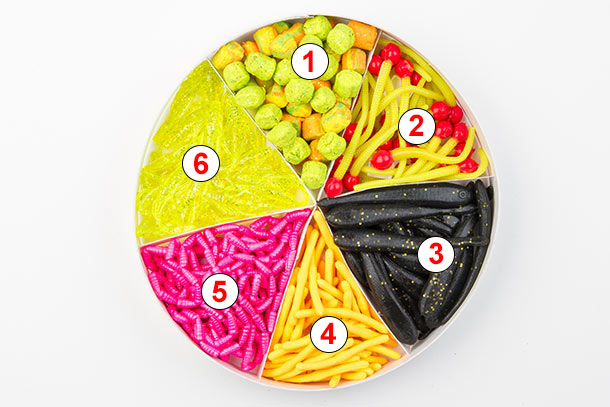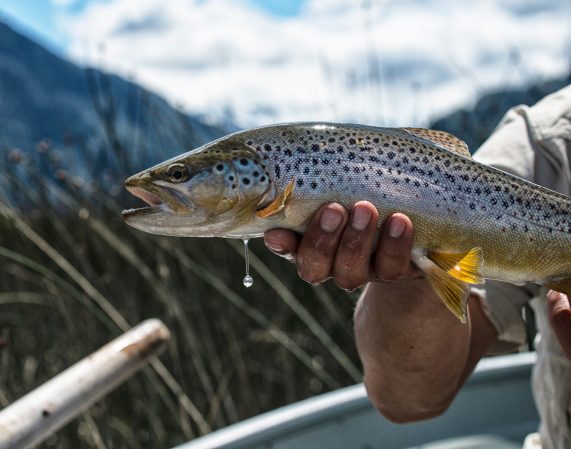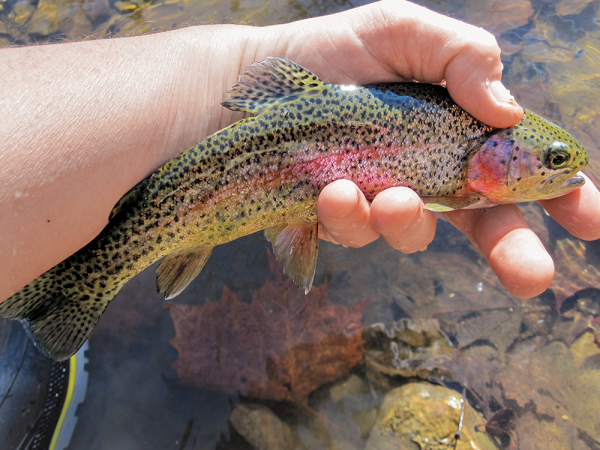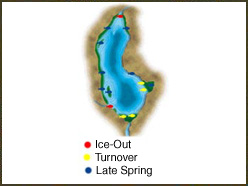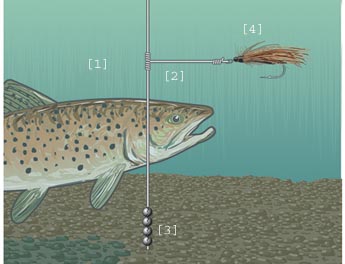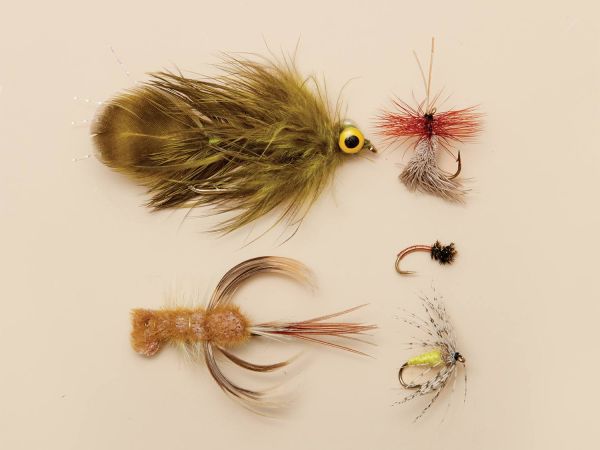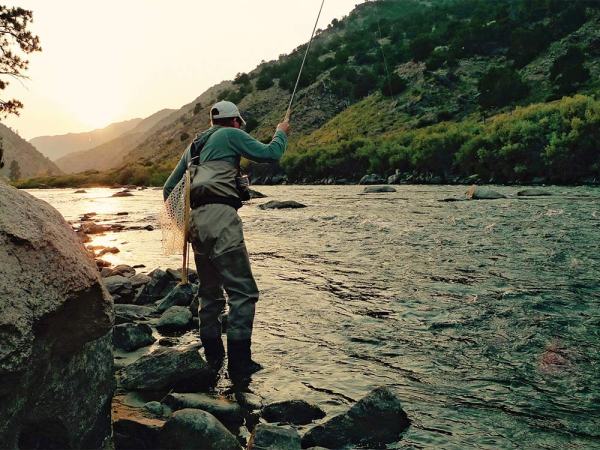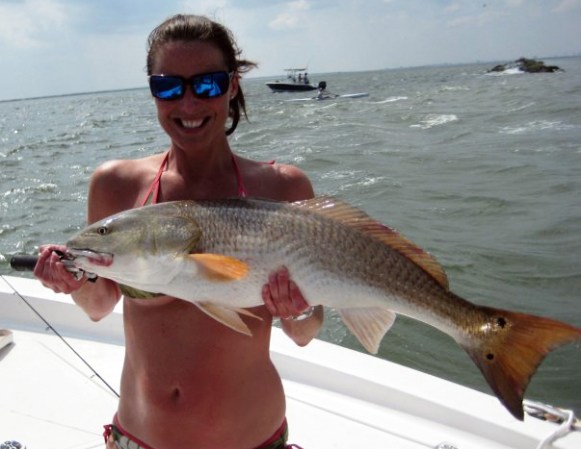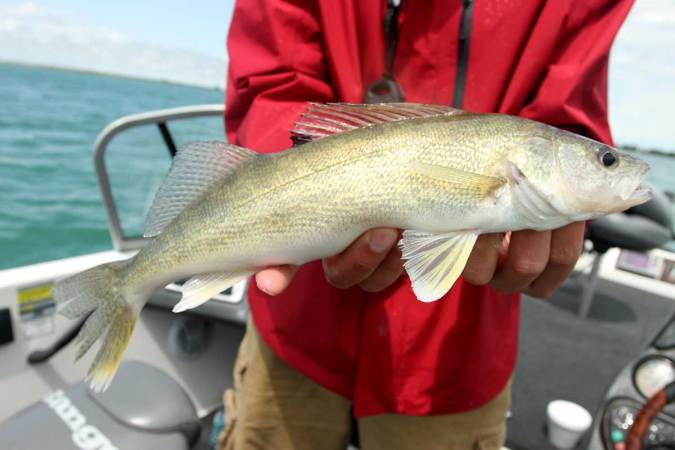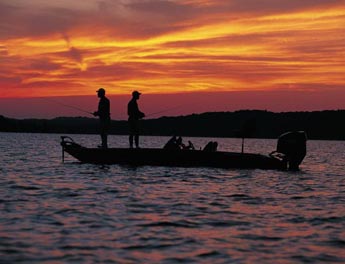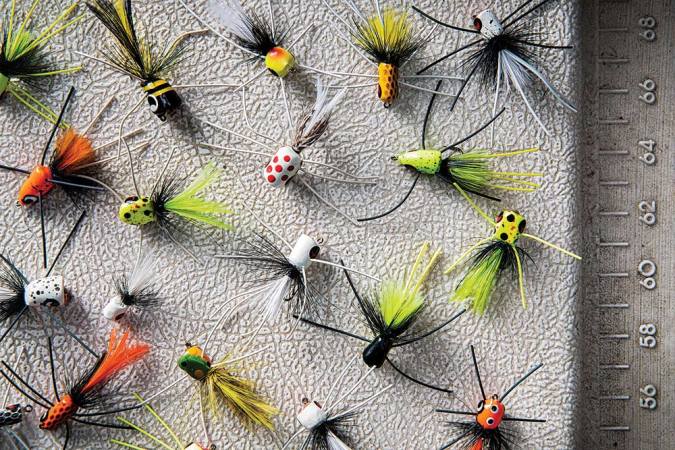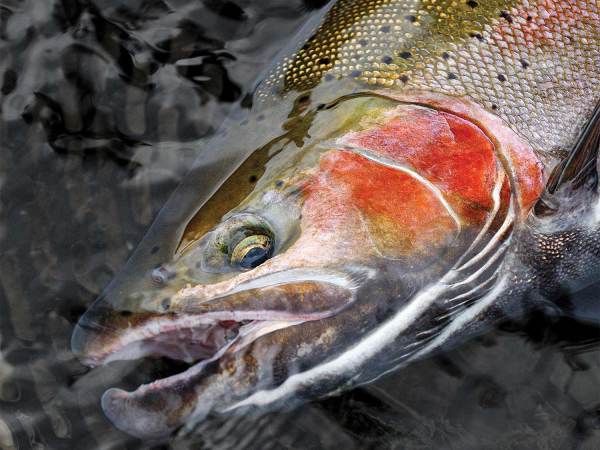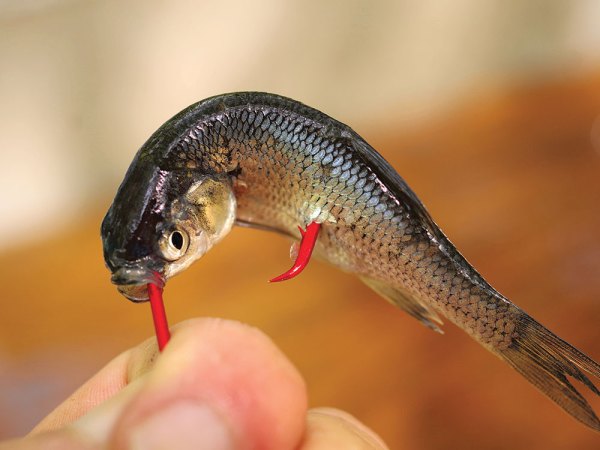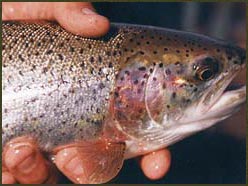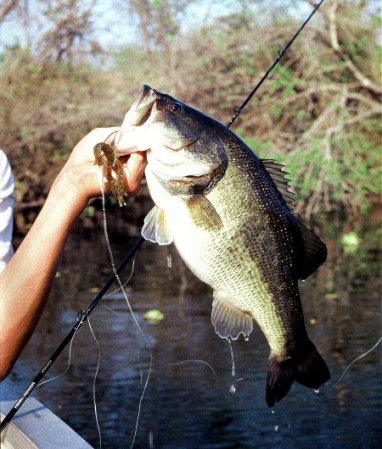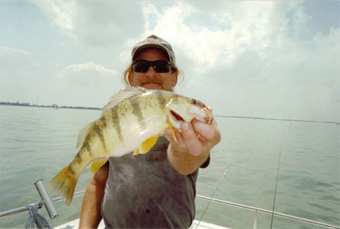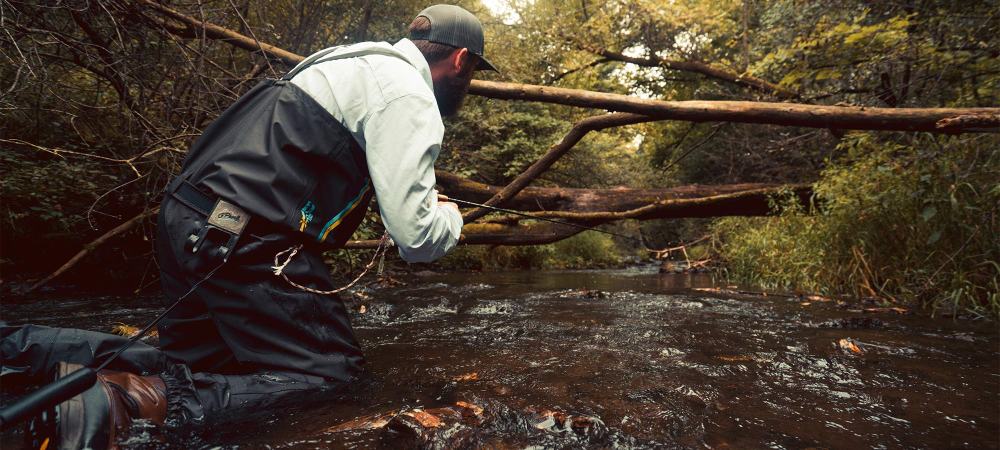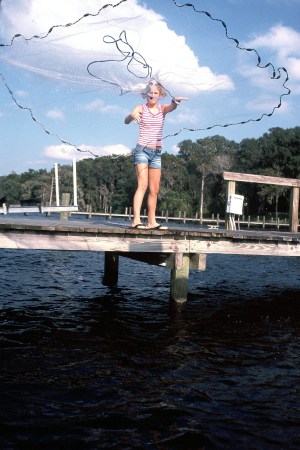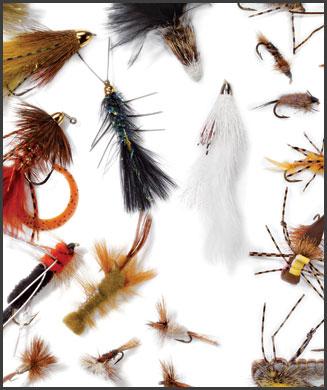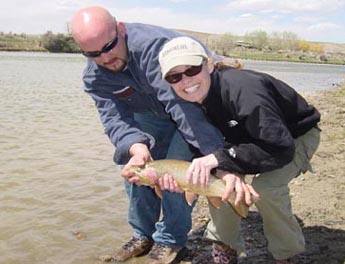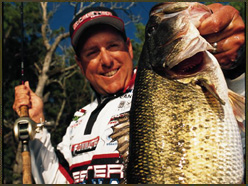We may earn revenue from the products available on this page and participate in affiliate programs. Learn More ›
Spin-fishing for trout is usually a pretty straightforward affair. Hard lures such as spinners and minnow plugs work particularly well in high, stained flows, while live bait or a bubble-and-fly is the weapon of choice for low, clear water.
But what do you do when high water runs clear. High flows render a bubble-and-fly less effective, because surface currents create drag on the weighted fly beneath. And clear water makes trout more selective, presenting a challenge to the hardware angler. Natural baits? Maybe–unless such conditions occur on a stream where they’re forbidden.
I encountered all these obstacles simultaneously during a visit to Arkansas’s fabled White River. Dam gates stayed open or nearly so, which made wading dangerous and bubble-and-fly angling difficult. Bait-fishing was prohibited where I fished, and trout refused to come near any spinner hardware in the gin-clear water on this bright, sunny day.
White River trout ace Frank Saksa came to my rescue. Saksa has been a fishing guide for 22 years and now works out of Gaston’s Resort in Lakeview, Ark. (870-431-5202; gastons.com) Even in tough conditions like the ones I’ve described, Saksa’s clients land impressive numbers of chunky rainbows and browns by using 3-inch plastic worms.
1. WHERE TO FISH: Use a white worm wherever trout feed heavily on minnows, dam-killed shad or cream-colored rock worms (crane fly larvae). Red and natural brown plastic worms work especially well in tailwater streams or spring creeks where terrestrial worms are washed into the water by rains.
2. HOW TO FISH: Cast the rig across and upstream and quickly reel in slack. Maintain a tight line throughout the drift. Hold the rod high enough to keep line off the water, minimizing drag. The small bell sinker or split-shot should tap against the bottom as the rig rolls along. You’ll feel a strike as a sharp tug or a rapid series of taps. Set the hook immediately.
3. TACKLE: Choose a light rod at least 6 feet long that’s sensitive and has a fast action. Two good choices: the GL3 series from G. Loomis (800-456-6647; gloomis.com) and the SCII series by St. Croix (800-826-7042; stcroixrod.com).
4. PRESENTATIONS: In larger rivers, it’s better to present a worm on a three-way rig (see “B” in inset) from a drift boat. Boat control is paramount. It’s best for all anglers to fish from the same side of the boat to help the motorist monitor line angles and adjust the drift. Use the motor in forward gear to slow the boat’s drift and match the drift of the rig. When a consistent line angle from rod tip to worm can be maintained, the drift speed is correct.
5. STAY IN TOUCH: Match the presentation to the bottom current. Experiment with sinker weights to maintain bottom contact without anchoring the worm in place. Light line minimizes drag and allows a slower drift presentation. Four-pound-test monofilament works best.
RIGGING UP: The best way to present a plastic worm in small streams is with a simple split-short rig (see “A” in inset) and a size 8 ringed-eye hook. Rig the worm by running it well up onto the line before bringing out the hook point. This ensures that short-striking fish will still be hooked.
BEST SIZES: Plastic worms suitable for trout are 2 to 3 inches long and come in natural colors. The Angle Worm made by the Creme Lure Company (800-527-8652; creme.zoovy.com) is a good choice.
COLORS: White, red and natural are preferred
Sometimes Bugs Work Best
The Creme Lure Company manufactures a series of soft-plastic insect imitations–ants, grasshoppers, hellgrammites and mayfly larvae among them–that trout prefer to plastic worms at times. To fish one of the bogus bugs, rig it about 3 feet below a Thill Gold Medal Bite-Strike or Ice ‘N Fly float (218-829-1714; lindy fishingtackle.com) with a tiny split shot pinched on about a foot above the lure.
